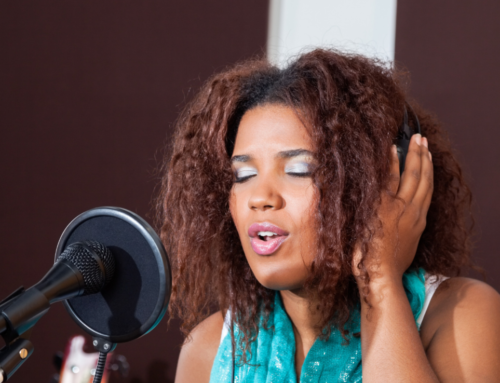In Trinidad and Tobago music producers and recording artists are always eager to share their musical offerings with the public. For many, these new releases represent the fruits of their creative and financial labour and they anticipate favourable acceptance. Some are able to realise their goals of success, being rewarded with lucrative live performance opportunities at all-inclusive fetes and corporate events, as well as constant rotation of their music on commercial radio. However, many struggle to gain the recognition they seek despite their high levels of output and often become demoralised and disenchanted with their craft and the industry.
Popular Perception: Dependency, the Soca Mafia, Claims of Low Quality and Over-estimating the potential of Legislation
In the old music business, radio airplay was a critical component of a music marketing campaign. It was the key medium of promoting new releases in addition to generating buzz and revenues for creators. The role of radio was so important that as we transition to the new music business in the Caribbean, it has enabled a syndrome of dependency among some sectors of the music business fraternity. Select stakeholders have adopted the view that their new material has no potential for reasonable success if airplay is not forthcoming and that they are at the mercy of disc jockeys and program directors of media entities.
This perception has resulted in the frequent use of the term ‘Soca Mafia’ by the upcoming artist who feel victimized by their inability to obtain a quantum of recognition which they deem fair. The term is usually used to refer to a circle of stakeholders (radio executives, promoters & artists) who collude to promote their own interests to the detriment of lesser known or upcoming artists. The radio executives on the other hand claim that the major factor prohibiting greater showcasing of the works of upcoming acts is the fact that the quality of their music is sub-standard. While this may be so for some offerings, there is a plethora of upcoming acts who invest heavily in first rate songwriting, production, mixing and mastering of their works. Yet they are denied the promotion that they deserve on radio.
As a solution to this ‘deficit’ in airplay, there have been calls for local content legislation by industry interest groups. Some have even proposed possible quota percentages. While content legislation can have the effect of artificially increasing airplay, is it the best option for realising the long- term goal of improved promotion? In an environment of widespread technological evolution where young audiences can access whatever content they want, whenever they want it- through on-demand options such as YouTube; would restricting a broadcaster’s repertoire really redound to the benefit of local artists? What about the CSME and various trade agreements which we are party to, would we be reneging on our support for the free movement of goods and services? With improving broadband internet access and mobility as well as the proliferation of affordable smart devices, radio will become increasingly irrelevant to the young music user. Additionally, how will broadcasters be monitored to ensure that they are adhering to quotas? Through an already burdened Telecommunications Authority?
It is important to note that commercial radio does not belong to the music industry! It is fuelled by the advertising industry and one of the key factors advertisers take into account when considering where to allocate their advertising dollars is the total listenership of a particular station, the station’s format, target audience and general market ratings. Radio broadcasters can only amass positive ratings if they are supported by their listenership. If listeners are either non-appreciative of local music or are reluctant to demand more local content, can broadcasters be blamed if they choose instead to satisfy listener needs and protect the viability of their businesses?
Alternate Reality: Maximum Online Exposure+ Music Distribution to Worldwide Digital Services = Reasonable Promotion
It is interesting to note that while some artists clamour for increased rotation of their music on radio they lack a basic digital presence. The benefits of having professional Facebook, Twitter and YouTube profiles among other social media tools are ignored. According to the Global Resource and Information Directory there were 490,000 Facebook users in Trinidad and Tobago as of September 2012, while mobile and internet subscribers continue their upward trends. Additionally, both established and upcoming acts overlook the opportunities presented by digital music services such as iTunes, Spotify and Rdio for reaching international markets. While the majority of these services cannot be accessed locally, having music available on all platforms bring an additional stream of revenue while allowing potential discovery by fans in local and international territories. As outlined in the IFPI Digital Music Report 2013, social media enables artists to have a powerful direct relationship with fans, something that wasn’t possible to achieve with traditional media simultaneously on an international scale. Using social media is as important as the A&R process and traditional marketing efforts. By combining digital music distribution with a well planned and executed digital marketing strategy the chances of the local artist achieving reasonable promotion are greatly improved.




